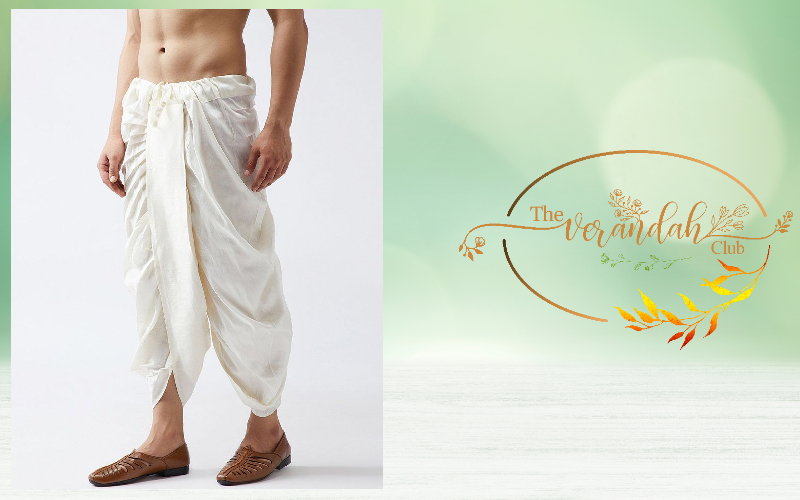
The Indian weather is unique. Summers are the same throughout the country. It is only the winter which is different. The Dhoti (Veshti) has been the preferred fabric for ages. Tropical weather and the availability of cotton have been the main reasons. Cotton is known as ‘White Gold’ and it was grown all over the country. This cash crop is cultivated and ginned by the locals. Thereafter, it is spun into yarn and given to weavers. Much of it is short stapled and the spinners, the weavers as well bring out the best fabric.
The finely hand-crafted fabrics were exported world over. Every male in India wore a dhoti those days. The dimension and style of wearing varied from region to region. It was based on the type of cotton available and the technology which was used for processing the fiber. The climate played a role too. One could see dhoti clad images of Gods and men in the form of paintings and sculptures. All the Gods wore a Dhoti. The Dhoti is the national outfit for the men of India.
Now a days, we get to see people wearing dhotis with Velcro fasteners. However, the people belonging to the past were at ease with the simple dhoti which was known as ‘Veshti’ in Tamil and ‘Panchalu’ in Telegu. Even today the Panchalu ceremony is celebrated by certain communities in the Telugu parts of our country. The youngster reaches adolescence, and the occasion is marked by a Panchalu ceremony. The parents and grandparents of the young lad organizes a nice get together and everyone are invited. The near & dear bless the lad before partaking a sumptuous meal. A lot of gifts are presented in the company of blessings. The boy is dressed in a ‘Pattu Veshti’ (Silk dothi) which is endowed with a Jari border.
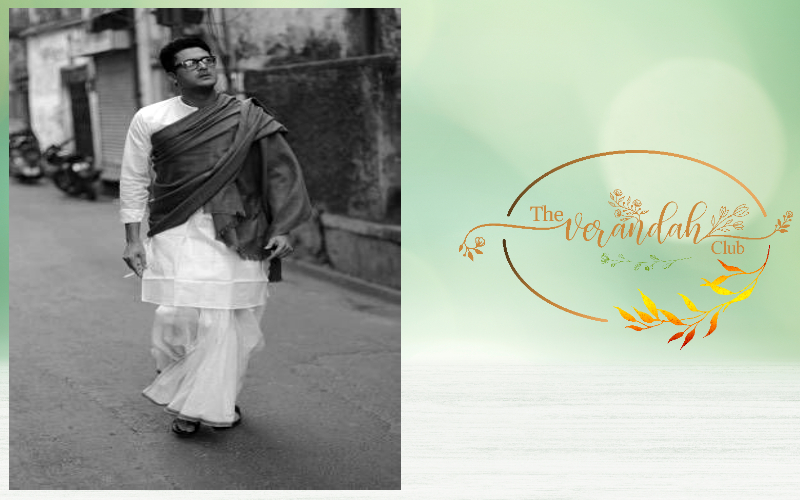
Well, Dhotis were made of cotton and silk. Earlier Silk meant the Conjeevaram or the Banarasi kind. The twentieth century saw the advent of mill Silk too. Of course, Mysore Silk dhotis were very popular. The Coimbatore Mill Owner Community used to wear the famous Binny Silk dhotis on ceremonious occasions. These silk dhotis were golden-hued, and they carried a nice Jari border. All the men used to look similar. It used to be sight to behold.
There were several dhoti manufacturing centers in the country and Salem continues to be popular in the south. Firms like ‘Rama Vilas’ and ‘Gopala Padma Vilas’ used to supply dhotis to all the leading retail outlets. The Vastram for the Tirupati Balaji temple continues to be sent from Rama Vilas and this was documented by a number of publications. Karthik Badri of the same family has now come up with his own brand – ‘Raja Vivaha’. Companies like Premier Mills and others were known for the high-quality dhotis. Now a days, brands like Ramraj and MCR are ruling the roost.
Exquisite dhoti showrooms are occupying prime real-estate. Expensive dhotis are much preferred for wedding ceremonies. Prices can start at ₹ 500 and may go up to ₹ 50000 too. Ahimsa Silk (Pattu) is beginning to become popular. Ethicus from the Zameen Uthukuli near Pollachi is known for its handwoven Ahimsa Silk dhotis. People continue to have dhotis belonging to different brands and genres.
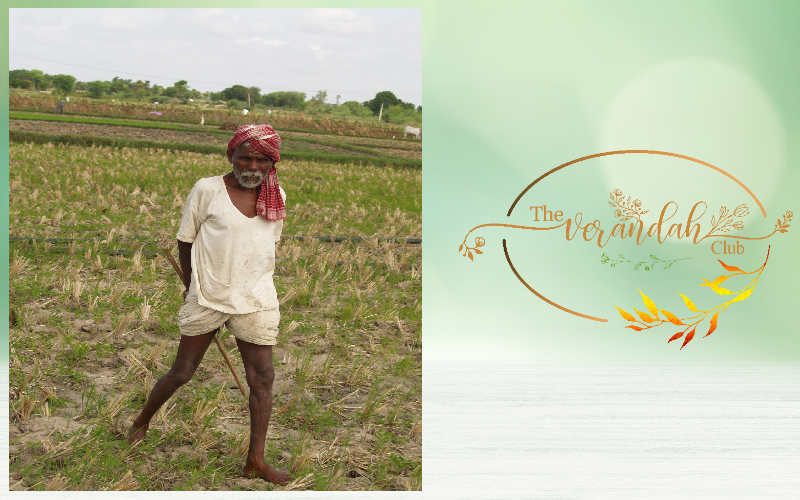
Dhoti is worn in varying styles. One can do a doctorate on these styles. It begins with the simple 4-cubit (Mozham) length to lengths based on local requirements. A four-cubit dhoti is the lightest and the most economical while the ‘Panchagajam’ is a lot lengthier and will also need an effort to adorn. The humble farmer would have his dhoti in the Panchagajam style, but the dhoti just ends near his knee. The priest, the businessman and the landlord let their dhotis touch their ankles. The dhoti of a tree climber would be as short as a pair of shorts.
The freedom movement made the Kadhi Dhotis popular. It was a matter of patriotism and it also defied colonial imperialism. Several social leaders took to wearing Kadhi Dhotis. T. S. Avinashilingam Chettiar and P. A. Raju Chettiar of Coimbatore were among these leaders. In fact, the Diwali sale of Kadhi Bhavan in Coimbatore, used to be inaugurated by P. A. Raju Chettiar. Be it Kadhi or Polyester, the dhoti was much preferred. It was a style statement to wear it well. K. L. Chinnikrishna Chetty of Salem was known for wearing ‘Mull’ dhotis. He used to wear it in the Panchagajam style and these dhotis were washed by none but him. Seniors in Salem continue to remember his extraordinary white and bright dhotis. V. Rangaswamy Naidu of Radhakrishna Mills used to get his mill Gada bleached and used it for his dhoti.
The dhoti continues to be the most popular garb and will always be preferred during the times to come.
NEXT ARTICLE
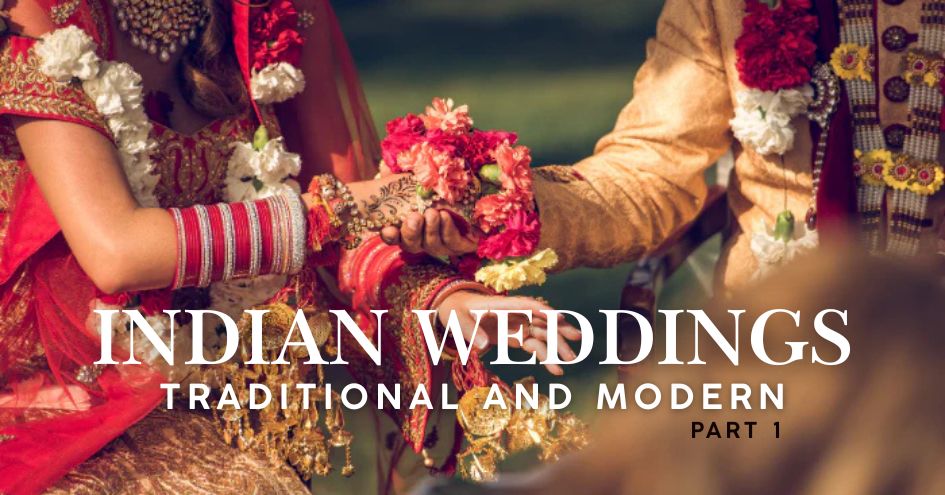
Over the past couple of years, I have had the opportunity to attend several family weddings, both in India and the United States. The experience has b...
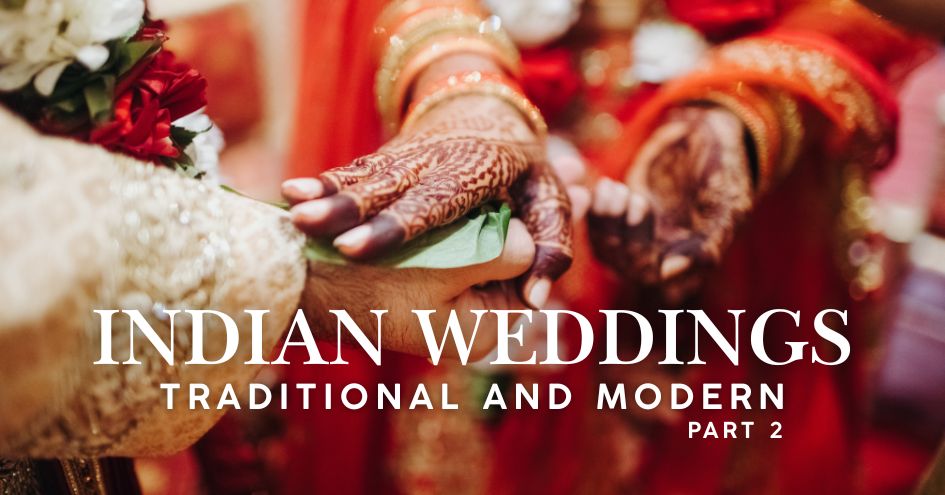
Let's take a moment to revisit the meaning of the term “Vivāha”. At its core, it represents the idea of sharing a burden and carrying the weight of li...